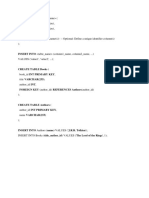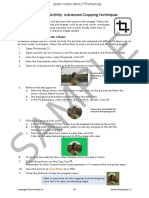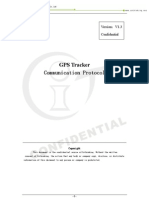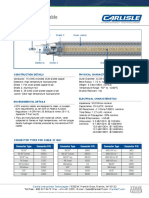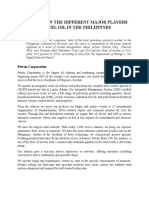0% found this document useful (0 votes)
4 views3 pagesDatabase Management System (Assign)
The document outlines a series of database management system (DBMS) lab assignments for CSE 5th semester students at Netaji Subhas Institute of Technology. It includes tasks such as creating databases and tables, inserting records, writing various SQL queries, and managing user privileges. The assignments cover both student and employee databases, focusing on operations like data retrieval, constraints, and transactions.
Uploaded by
msparul434Copyright
© © All Rights Reserved
We take content rights seriously. If you suspect this is your content, claim it here.
Available Formats
Download as PDF, TXT or read online on Scribd
0% found this document useful (0 votes)
4 views3 pagesDatabase Management System (Assign)
The document outlines a series of database management system (DBMS) lab assignments for CSE 5th semester students at Netaji Subhas Institute of Technology. It includes tasks such as creating databases and tables, inserting records, writing various SQL queries, and managing user privileges. The assignments cover both student and employee databases, focusing on operations like data retrieval, constraints, and transactions.
Uploaded by
msparul434Copyright
© © All Rights Reserved
We take content rights seriously. If you suspect this is your content, claim it here.
Available Formats
Download as PDF, TXT or read online on Scribd
/ 3










































